What happens if mold is found during home inspection?
The discovery of mold during a home inspection can trigger various considerations and actions. Firstly, the type of mold matters significantly. Common molds like mildew are often manageable with DIY solutions. However, the presence of toxic molds, such as Stachybotrys (black mold), requires immediate attention due to the potential health risks associated with exposure.
The extent of the mold is another critical factor. A minor, surface-level issue might be addressed with cleaning and remediation efforts by the homeowners. On the other hand, widespread or structural mold problems may indicate more profound issues within the property, necessitating professional intervention.
When mold is found, especially in the context of real estate transactions, negotiations between buyers and sellers can be affected. Sellers typically bear responsibility. Professional mold inspections become invaluable in providing a comprehensive assessment, identifying the type of mold, and offering guidance on necessary remediation steps.
Insurance coverage is a key consideration. Homeowners should be aware that standard insurance policies may not always cover mold-related damage adequately. Some policies exclude mold issues altogether or provide limited coverage. This underscores the importance of homeowners thoroughly reviewing their insurance policies and, if necessary, securing additional coverage for mold-related issues.
Swift action is paramount. Timely and informed decisions, guided by professional mold inspectors, contribute to creating a safe and healthy living environment. By understanding the nuances associated with mold discovery during a home inspection, individuals can navigate the challenges effectively and ensure the well-being of the property and its occupants.

